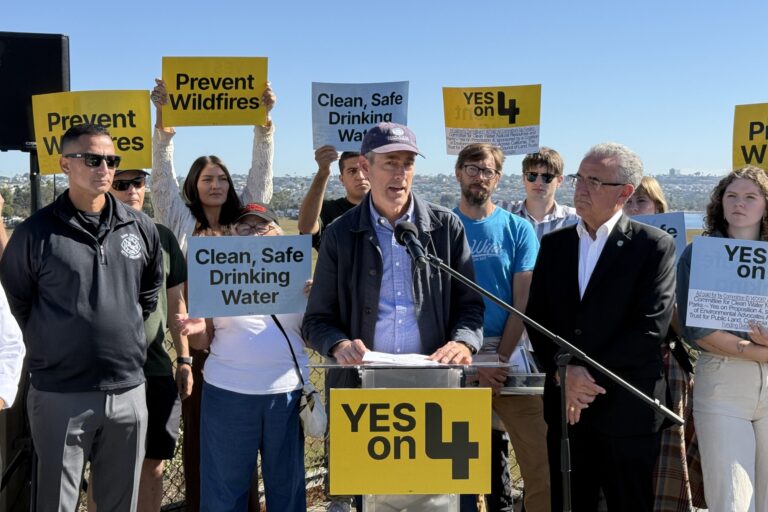Regional Conveyance System Pipeline
Navigate to a specific section below.
History and Background | Pipeline Costs | Environmental Impacts
Pipeline Alternatives
Stop the Pipeline | Related Blogs
Current Status
Later this year or early next year, the San Diego County Water Authority Board will decide whether to move forward with this disastrous project.
Last updated 4/1/21
Call to Action
We need you to urge the San Diego County Water Authority board members to stop the pipeline.
History and Background
Watch our 2-minute explainer video for a quick summary of the Regional Conveyance System pipeline.
The San Diego County Water Authority has spent over $1.3 million in public funds to explore building a massive pipeline project to move water from the Colorado River to San Diego. The kicker? This pipeline would not add any new water to our supply. Instead, it results from a long history of fighting and lawsuits between the Water Authority and the Los Angeles-based Metropolitan Water District.
Estimated cost: $6 billion. New water delivered: none.
The proposed Regional Conveyance System (RCS) would increase water rates for at least three generations and wreak unimaginable environmental destruction.
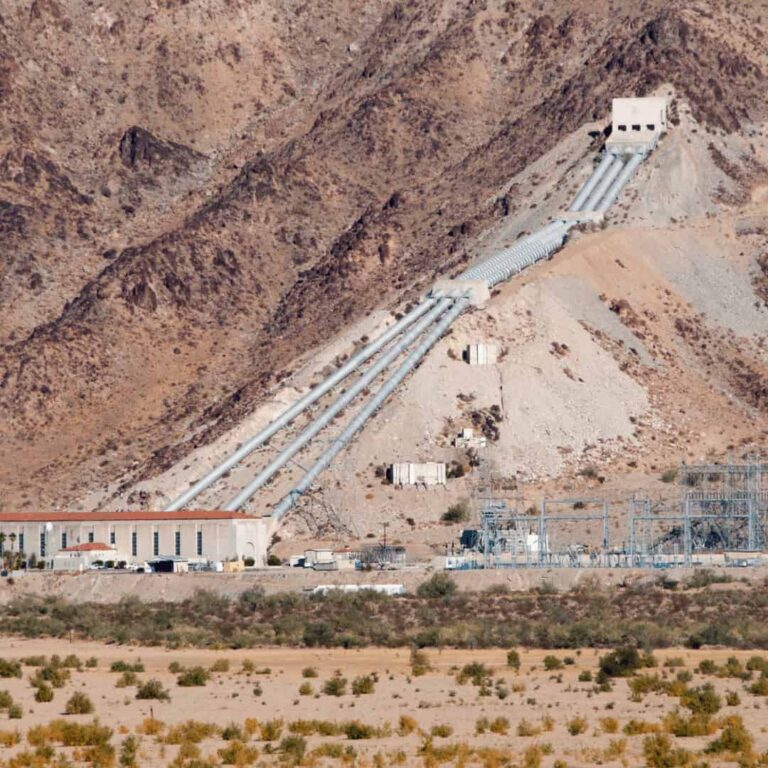

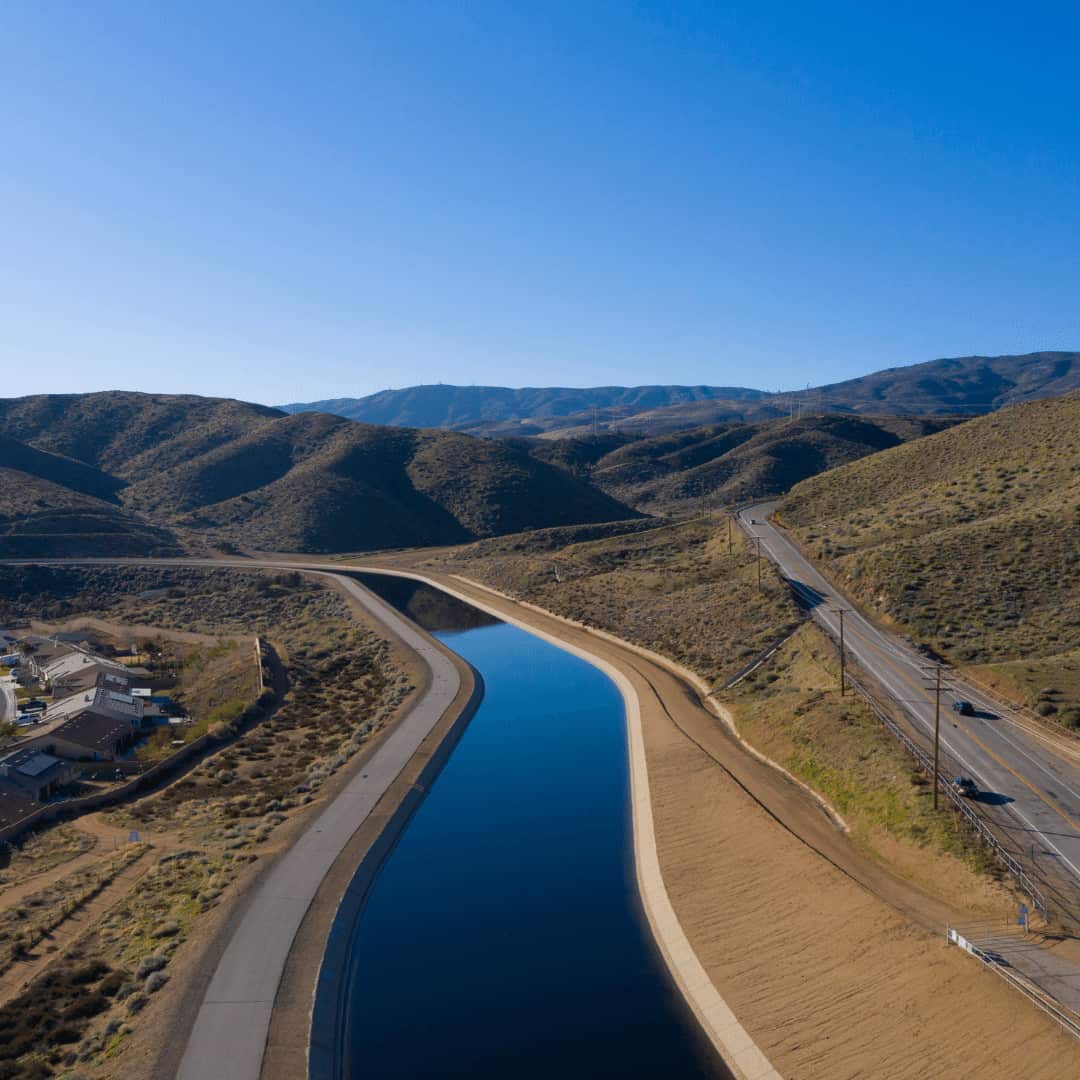

Photo (left): Julian Hinds Pumping Plant on the Colorado River Aqueduct, Hayfield, California by NNehring for Getty Images Pro; Photo (right): California Aqueduct by Palmdale, California near Godde Hill Road by Jim Keller for Getty Images
Six Billion Dollars Down the Drain
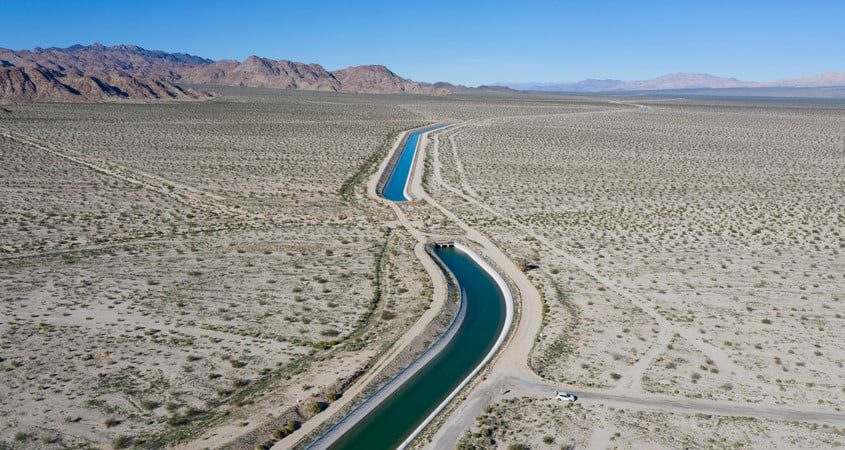

San Diego County Water Authority staff will spend the next 15 to 18 months undertaking Phase B of the Regional Conveyance System Study. Photo: San Diego County Water Authority
Today, San Diego imports more than 80 percent of our region’s water supply from the Colorado River or Northern California. According to experts on the energy-water nexus, as much as 19 percent of the state’s electricity consumption can be attributed to pumping, treating, collecting, and discharging water and wastewater.
Our water supply is managed with the Water Authority and supplied via a system of pipelines by the Metropolitan.
The Water Authority has among the highest rates in California. For years, the Water Authority has seriously considered building a duplicate pipeline to gain independence and more control over fluctuating water prices. Past politics and escalating rates continue to sour the relationship between the Water Authority and the Metropolitan.
Enter the Regional Conveyance System. Again.
The overwhelming reasons against this project led eighteen of the 24 member agencies at the Water Authority to commission an independent report to analyze the findings of the RCS Study (Phase A).
“We find the project to be substantially more costly than other options,” the report concludes. The report also notes that the “economic analysis is insufficient to support informed decision-making.” It points to “unusually long evaluation timeframes and…price escalation assumptions that are highly implausible,” among many other factors.
“The project is not cost-effective when evaluated using reasonable assumptions of MWD price escalation. When the economic model inputs…are modified accordingly, the project loses any cost advantage and becomes significantly more costly than the other options.
Rather than investing further in the evaluation of an RCS project…budgets and staffing schedules set aside for RCS investigations could be applied more productively.”
– SDCWA Regional Conveyance System Feasibility Review, July 21, 2020
This outrageous $6 billion pipe dream is not only redundant and unnecessary but will needlessly burden future generations of San Diegans. For low-income families, water would be virtually unaffordable.
An Environmentally Destructive Boondoggle
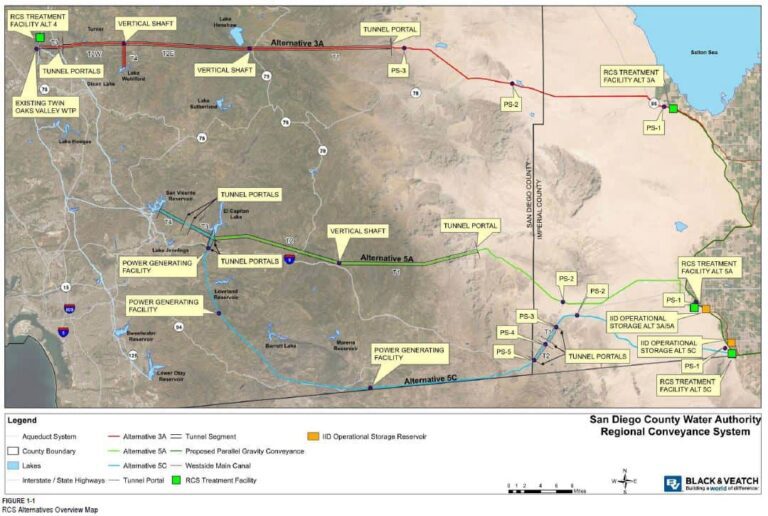

The environmental destruction of building a duplicate pipeline is almost unimaginable. The proposed project would require more than 130 miles of infrastructure from the Imperial Valley to San Marcos. It would mean ripping through the Anza-Borrego Desert State Park, tunneling under the Cuyamaca Mountains, churning through the Cleveland National Forest, and likely impacting groundwater resources near San Pasqual Indian Reservation. The system would also cross at least six active fault lines, rendering the pipeline vulnerable to earthquakes and other seismic activity.
“If you were looking for a way to unite all environmentalists in full opposition to something, this is the project you’d come up with,” said Matt O’Malley during a recent interview with the San Diego Union-Tribune on the Regional Conveyance System.
Not only would the negative environmental impacts of tunneling and drilling through the San Diego backcountry be massive, but so would the energy implications. Water transported through the pipeline would need to be desalinated and pumped over mountains, adding exorbitant energy demands and costs. Compared to our existing water supply transportation, this pipeline would increase our energy demands by at least 40 percent. The accompanying increase in greenhouse gas emissions would be significant.
Pipeline Alternatives
As San Diego continues to grow, we must prepare for the uncertainty of climate change quickly and decisively. Our region will have to confront the dwindling water supplies of the Colorado River and the increasingly erratic cycles of prolonged droughts and heavy rains.
Instead of choosing to pay for another straw in the glass, let’s pay to add more water to the glass.
Instead of spending public funds on an absurdly expensive and redundant pipeline, we could invest in smarter and more cost-competitive local water supply alternatives. Solutions include wastewater recycling, stormwater capture, green infrastructure, climate resiliency, conservation incentives, and water efficiency technology.
A well-funded and holistic approach to water management can increase the local water supply and reduce our reliance on imported water sources by as much as 80 percent.
Stop the Pipeline
A majority of Water Authority member agencies oppose this project. Also in opposition are the City of San Diego’s Public Utilities Department, the environmental community, and more than half of the Water Authority’s board members. The plethora of environmental concerns will likely render the project un-permittable. Still, the project continues to move forward for its fifth time.
We must demand smarter solutions and urge the San Diego County Water Authority to work out differences with Metropolitan and sign long-term rate agreements that secure San Diego’s water supplies.
Subscribe to receive our advocacy emails to get updates and action alerts regarding this project straight to your inbox.







